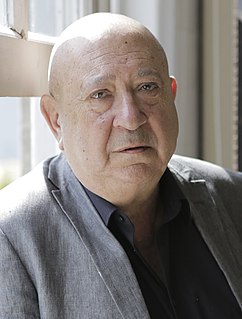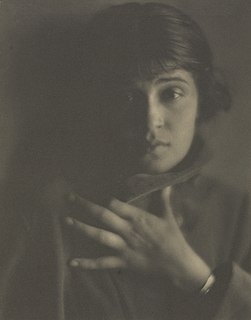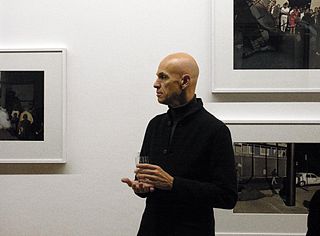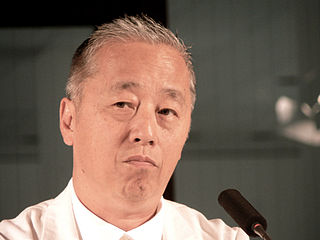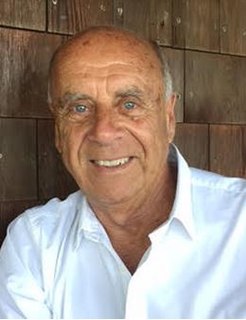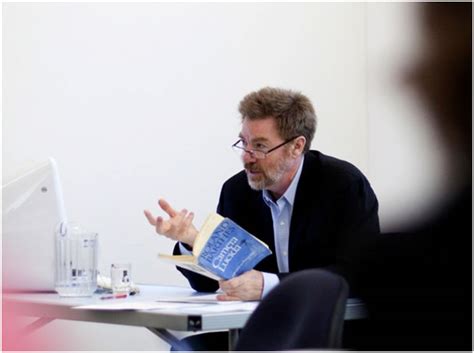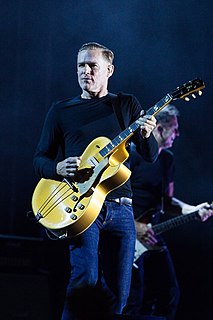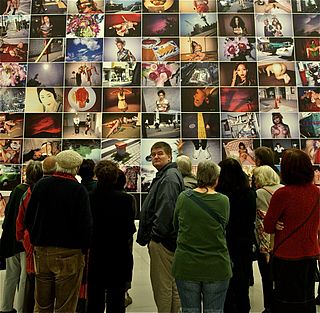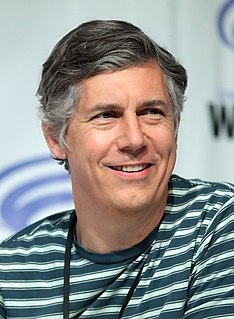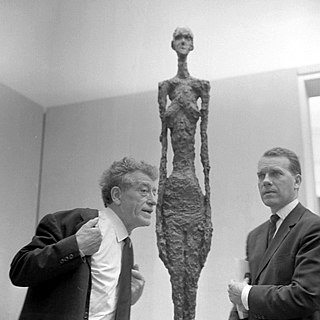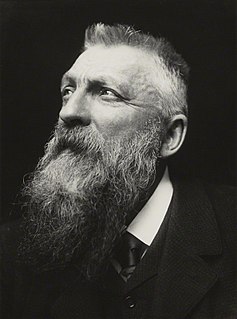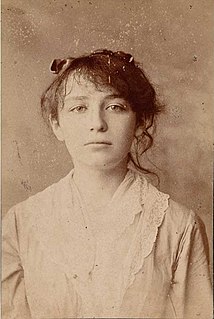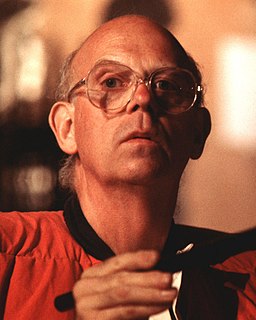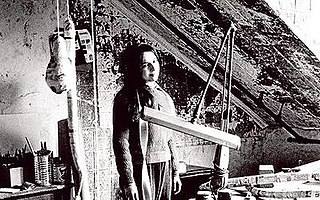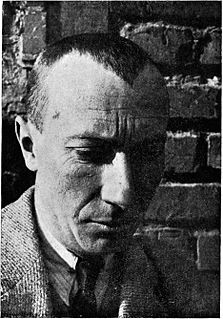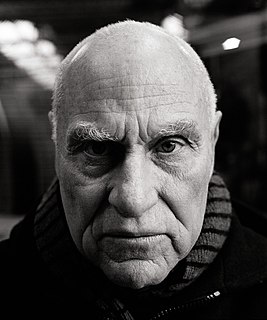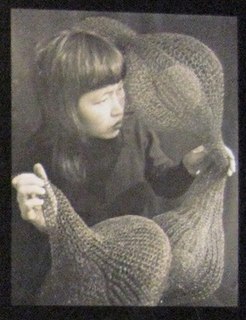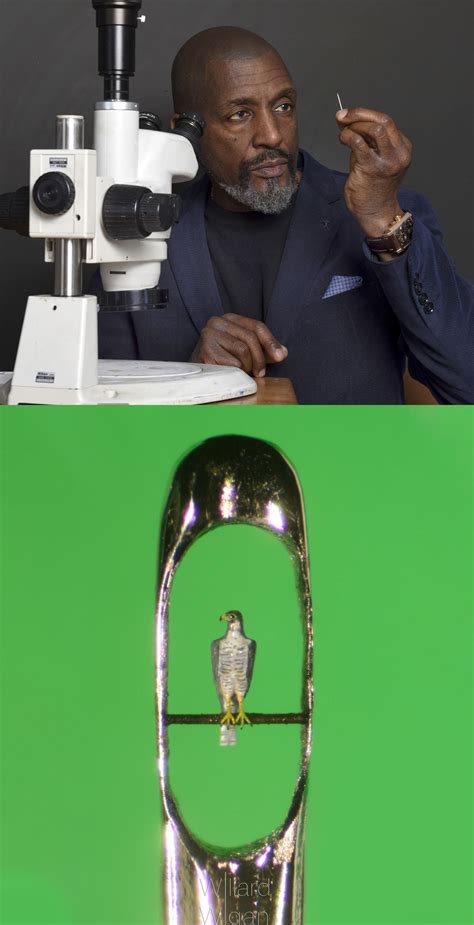A Quote by Christian Boltanski
In most of my photographic pieces I have manipulated the quality of the evidence that people assign to photography, in order to subvert it, or to show that photography lies - that what it conveys is not reality but a set of cultural codes.
Related Quotes
To know whether photography is or is not an art matters little. What is important is to distinguish between good and bad photography. By good is meant that photography which accepts all the limitations inherent in photographic technique and takes advantage of the possibilities and characteristics the medium offers. By bad photography is mean that which is done, one may say, with a kind of inferiority complex, with no appreciation of what photography itself offers: but on the contrary, recurring to all sorts of imitations.
Part of the role of photography is to exaggerate. Most of the photographs in your paper, unless they are hard news, are lies. Fashion pictures show people looking glamorous. Travel pictures show a place looking at its best, nothing to do with the reality... Most of the pictures we consume are propaganda.
Humans have changed the landscape so much, but images of the sea could be shared with primordial people. I just project my imagination on to the viewer, even the first human being. I think first and then imagine some scenes. Then I go out and look for them. Or I re-create these images with my camera. I love photography because photography is the most believable medium. Painting can lie, but photography never lies: that is what people used to believe.
When I was in the 12th standard itself, I decided to join the Adyar Film Institute and study photography. I specifically chose photography because I see photography as an applied science. There is an artistic element also in it. If you perfect your scientific element, you can attain certain quality.
Traditionally, photography has dealt with recording the world as it is found. Before photography appeared the fine artists of the time, the painters and sculptors, concerned themselves with rendering reality with as much likeness as their skill enabled. Photography, however, made artistic reality much more available, more quickly and on a much broader scale.
This idea of imposing an order is very interesting to me. Photography is in essence an analytic medium. … In photography, you start with the whole world and every decision you make imposes an order on it. The question is to what extent it’s an idealized order I’m imposing or is it an order that grows out of what the world looks like.
I collect art on a very modest scale. Most of what I have is photography because I just love it and it makes me happy and it looks good in my home. I also have a pretty big collection of art books mainly, again, on photography. A lot of photography monographs, which is great because with photography, the art itself can be reproduced quite well in book form.
